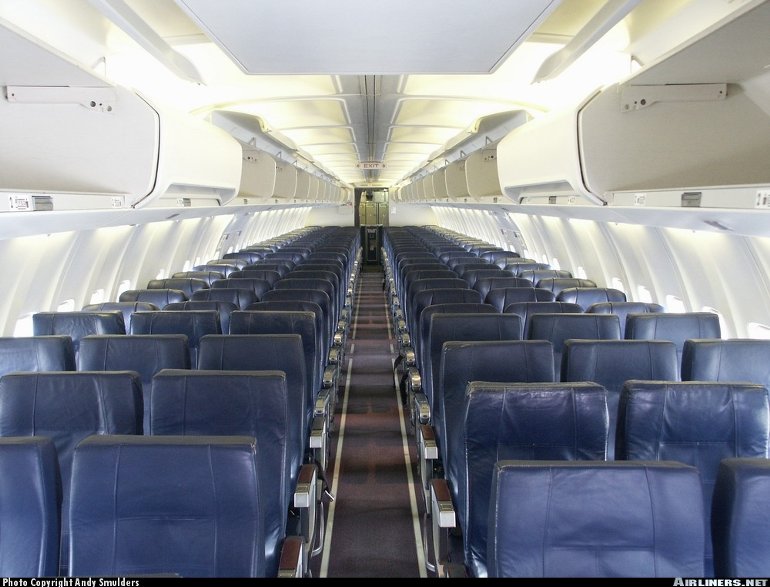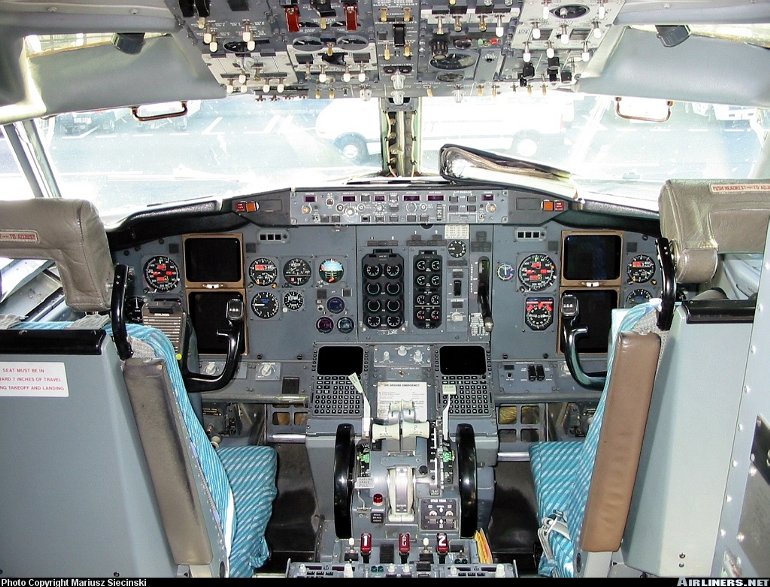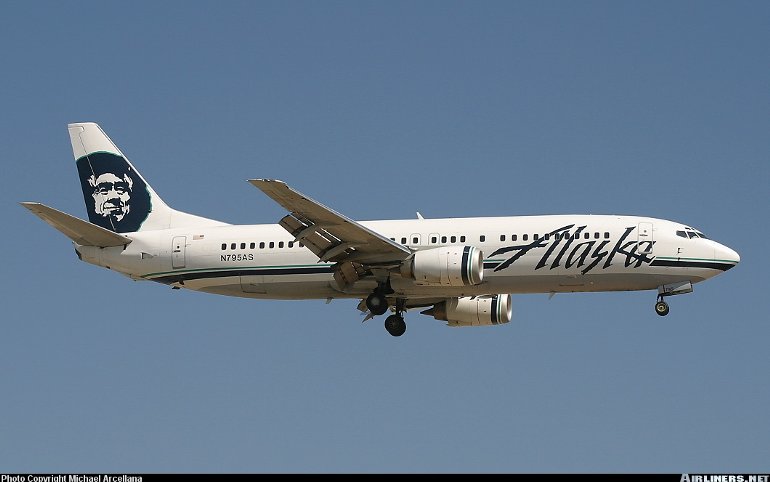Aircraft Technical Data
Boeing 737-400



| Details | |
| Country of Origin | United States of America |
| Type | Short to medium range airliner |
| History | Boeing announced it was developing a new higher capacity version of the fast selling 737-300 in June 1986. The new aeroplane, the 737-400, was developed as a 150 seat class 727 replacement. Although Boeing had initially developed the 180 to 200 seat 757 to replace the successful 727, there still existed a considerable market for a near direct size replacement for the popular trijet. By developing the 737-400 as a minimum change stretch of the 737-300, Boeing was also able to offer considerable commonality, and thus cost, benefits to operators already with the 737-300, and to a lesser extent, the 737-200 in their fleets. The major change of the 737-400 over the smaller 300 is a 3.05m (10ft 0in) fuselage stretch, consisting of a 1.83m (6ft 0in) stretch forward and a 1.22m (4ft 0in) plug rear of the wing. The stretch increases maximum passenger seating to 188. To cope with the increased weights, more powerful CFM56s are fitted. Other changes are minor, such as a tail bumper fitted to protect against over rotation at takeoff, something that could have become a problem due to the increased fuselage length. A higher gross weight longer range version is offered. It features increased fuel capacity, and strengthened undercarriage and structures, but is otherwise identical to the standard 737-400. The first flight of the 737-400 occurred on February 19 1988 and it entered airline service in October that year with Piedmont. Of the 737-300/-400/-500 family the 400 has proven the most successful member behind the 300, its larger capacity and transcontinental US range meaning it has found a very useful market for Boeing as a 727 replacement. However the 737-400 does face stiff competition from the similar size Airbus A320, which has higher levels of technology, longer range and is faster (but is also heavier). |
| Powerplants | Two 97.9kN (22,000lb) CFM International CFM563B2 turbofans, or optionally 104.5kN (23,500lb) CFM563C1s |
| Performance | Max cruising speed 912km/h (492kt), long range cruising speed 813km/h (439kt). Standard version range with max payload 4005km (2160nm), typical range with 146 passengers 3630km (1960nm). High gross weight option range with 146 passengers 3850km (2080nm). |
| Weights | Standard version operating empty 34,564kg (76,200lb), max takeoff 62,820kg (138,500lb). High gross weight operating empty 34,827kg (76,780lb), max takeoff 68,040kg (150,000lb). |
| Dimensions | Wing span 28.88m (94ft 9in), length 36.45m (119ft 7in), height 11.13m (36ft 6in). Wing area 105.4m2 (1135sq ft). |
| Capacity | Flightcrew of two. Typical two class seating for 146 (eight premium, 138 economy), typical all economy for 159 at 81cm (32in) pitch, or max seating for 188. |
| Production | Orders for the 737-400 stood at 473 at late 1998, of which approximately 470 were in airline service. |
| Related Links | Boeing 737-400 |
The backbone of this section is from the The International Directory of Civil Aircraft by Gerard Frawley and used with permission. To get your own copy of the book click here. |
|








